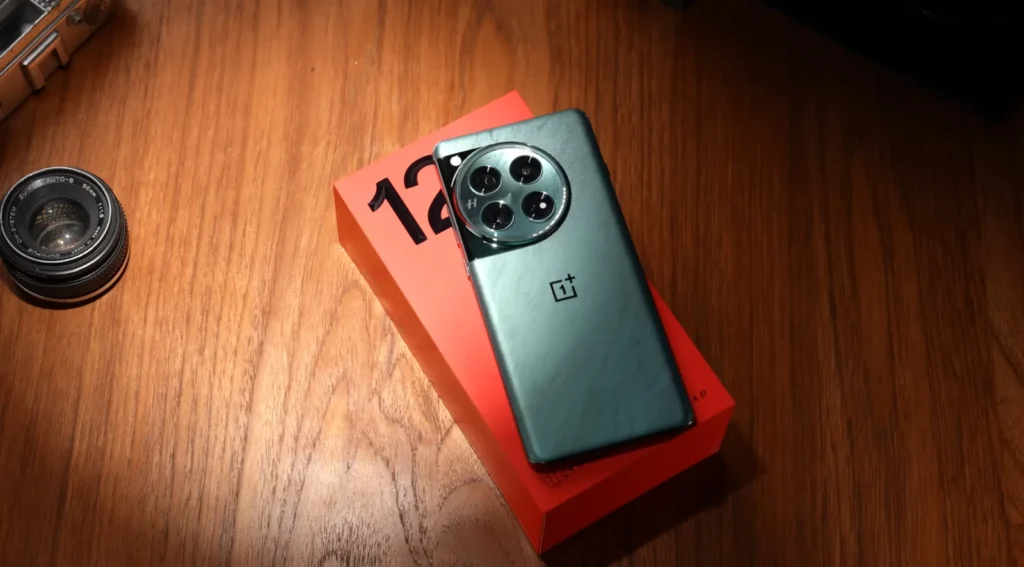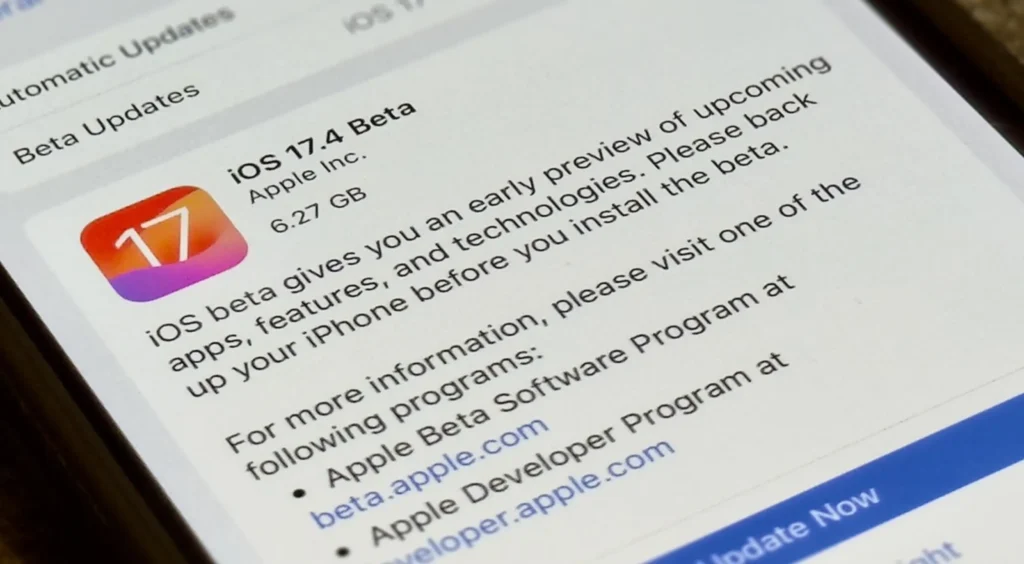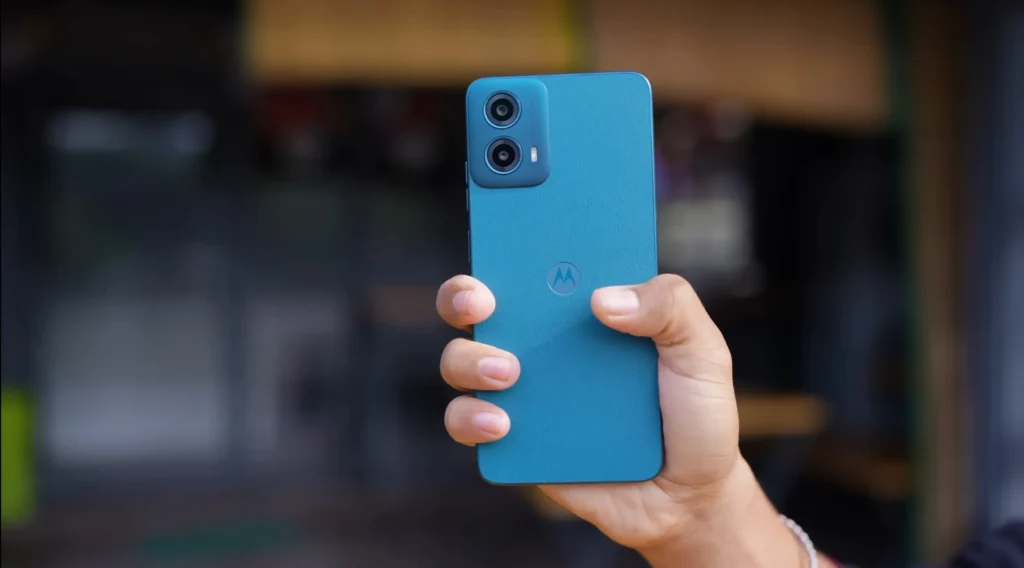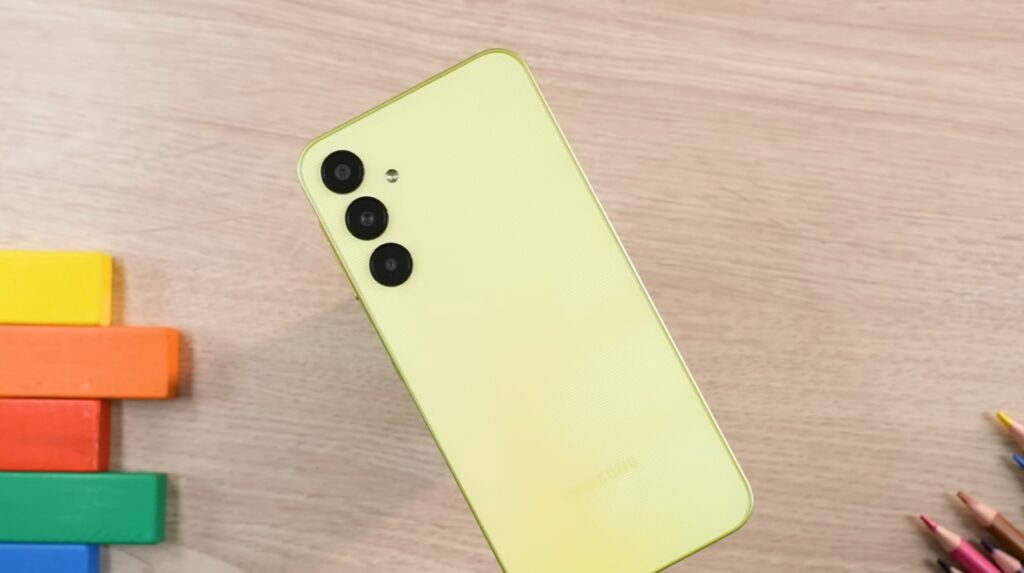In this article we’re going to be checking out the fresh new super portable Asus Zenbook 14 Oled. It’s the laptop equivalent of the brain of Pinky and the Brain fame. It may be small, but it’s very powerful. Boasting Intel Core Ultra 9 performance in this here model, as well as a gorgeous OLED screen and a surprisingly sizable battery. To know all about Asus Zenbook 14 Oled go through this article till the end.
For your information our website is not sponsored by the Asus so this is our honest and personal use experience review for this Asus Zenbook 14 Oled
Design of Asus Zenbook 14 Oled
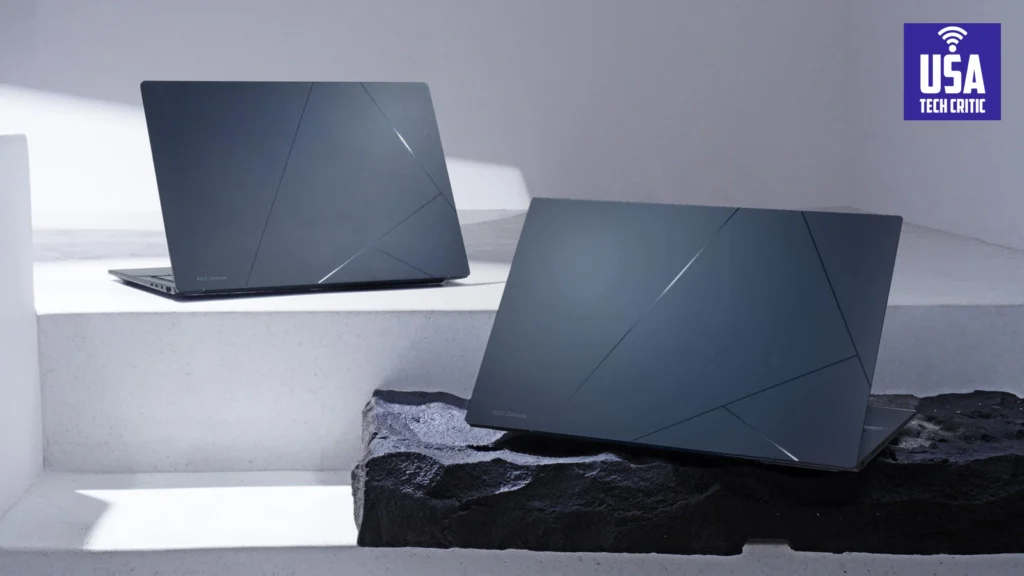

Both laptops have high resolutions of 2280 by 1800 pixels. Both displays are bright, albeit the smaller 14 hits 360 nits while the larger 14x is somewhat brighter at 380 nits. As a point of reference, I would consider 400 nits bright in 2023. Side by side, though, the display of the 14x looks noticeably better.
The whites look wider, and it look brighter than the measurements show. We originally thought that this was due to the display’s white balance, but we read similar Kelvin readings on both displays. We hypothesize that it’s due to a difference in the pre-installed color profiles.
The lid of the 14 is minimal in its design with just a single Asus logo. The 14x, though, has some cool abstract lines. The hinge of the 14 lifts the laptop slightly off the table for better airflow and cooling. The 14x already sits a bit above a desk due to its large rubber feet.
This design of the 14 makes its keyboard deck not as sturdy as the 14x. They both have that desirable 16 by 10 aspect ratio.
Display of Asus Zenbo
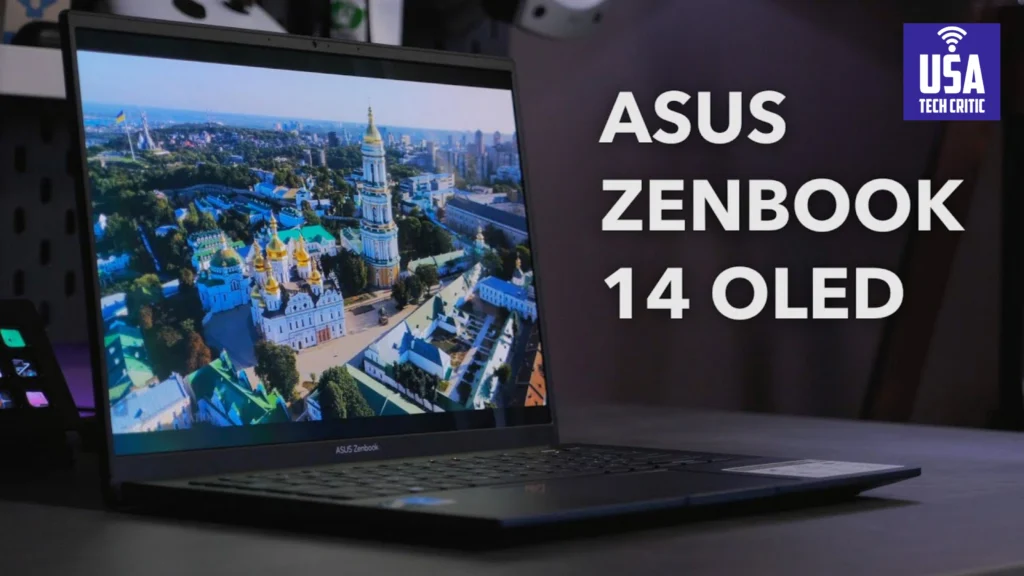

The 14’s display supports 10-bit color, whereas the 14x’s only supports eight. Both displays are fast refresh rate panels, so movement on-screen looks smooth.
The 14x has a faster refresh rate of 120 Hertz, whereas the 14 merely offers a refresh rate of 90 Hertz. The quantity of information you can see on-screen without squinting is ultimately what matters.
One downside of most OLED panels is that they do employ PWM flickering to lower the brightness. i.e., they turn on and off the panel very quickly, so it seems dimmer. On the 14, we could only detect this on low brightness settings, but on the 14x, it was detectable at almost all brightness settings other than the max brightness.
Keyboard of Asus Zenbook 14 Oled
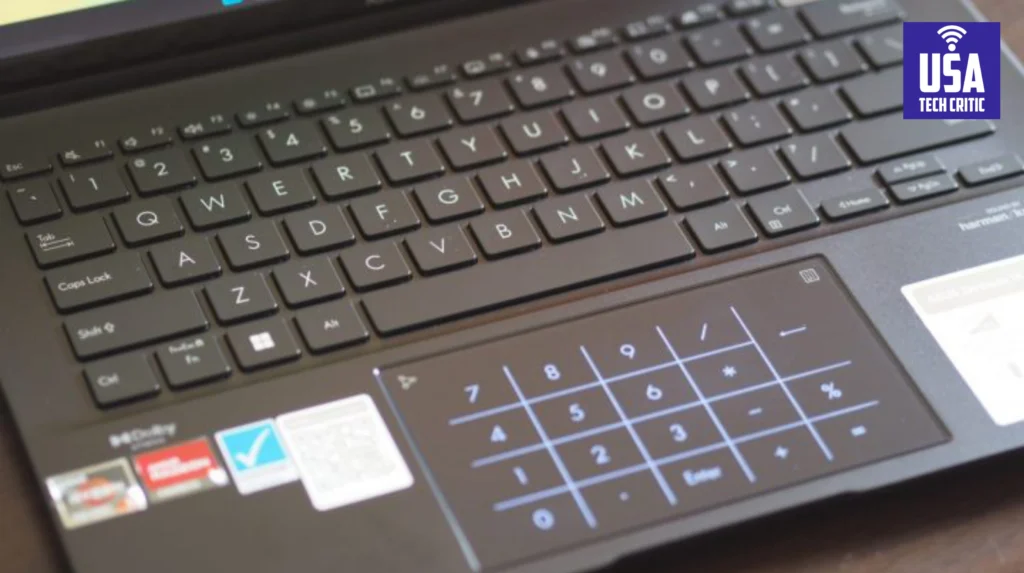

The typing experience on Asus Zenbook 14 Oled for both laptops is excellent, top tier. The keys have a very satisfying click to them, and the keyboard layout is standard, so you won’t have any annoying mis-hits like you do on keyboards with odd layouts.
Some laptops have the power button in this position, which can cause some mistresses. Also, page up/down, home, and end keys are built into the arrow keys as secondary functions, and both keyboards are fully backlit.
The trackpads on both laptops are good enough; tracking is smooth and accurate, and clicking works reasonably well, especially as these laptops have mechanical clicking mechanisms.
Normally, for these kinds of trackpads, when you click in the bottom left and right corners, you lose accuracy. Overall, though, the click doesn’t have quite that natural feel as you’d get on a MacBook. And both laptops do support the Asus Number Pad in the trackpad. We found, with a light touch, it worked pretty well.
Quick Specification For Asus Zenbook 14 Oled
| Feature | Specification |
|---|---|
| Processor | Intel Core Ultra 9 (Up to Intel Core Ultra 7 tested) |
| GPU | Intel Arc GPU (Capable of Ray Tracing) |
| RAM | 32 GB |
| Storage | 1 TB SSD (Read speeds: ~5 GB/s, Write speeds: ~3.5 GB/s) |
| Display | 14-inch Asus Lumina OLED, Up to 3K resolution |
| Webcam | Full HD with face recognition and infrared sensor |
| Ports | 2x USB-C (Thunderbolt 4), 1x HDMI 2.1, 1x USB-A 3.2 |
| Audio | Stereo speakers tuned by Harman Kardon, Dolby Atmos support |
| Input Devices | Crisp keyboard, Responsive touchpad, Asus pen stylus support |
| Battery | 75 Whr, providing mixed-use juice for extended portability |
| Weight and Size | 1.2 kg, 15 mm thick |
| Other Features | AI noise cancellation, AI Computing with built-in NPU |
| Operating System | Windows 11 |
Performance of Asus Zenbook 14 Oled
The Asus Zenbook 14 Oled that I have has a Ryzen 7 7300U processor. It uses AMD’s incredibly confusing and misleading naming convention. The first digit being 7 means it was released in 2023, but it uses the Zen 3 architecture from a prior year, which you can tell by the third digit is a 3. It’s also a U-series processor, so it is aimed at casual users rather than those requiring performance. My 14x, on the other hand, has a much more powerful Intel i7 13700H processor.
Taking a look at Geekbench, which tests a variety of common performance tasks, the Zenbook 14 is just not a strong performer for a laptop in 2023. It performs worse than the HP Dragonfly with a similar processor. It has particularly poor performance in single-core on the default standard fan profile.
To test the thermal performance of the laptops, we ran Cinebench on a loop for 10 minutes. The performance drop for both laptops was substantial when in the default standard fan mode. It was less in the performance mode. This indicates that the laptops’ cooling solutions are just not capable of keeping the processors inside cool for long, and that performance must be throttled. Their M2 processors are far more efficient than those from Intel or AMD.
For high-performance tasks, the Zenbook 14’s keyboard deck did get a bit warm, but nothing hugely concerning. The 14x performed very well here, especially how fast it is. It remained cool to the touch on the standard profile and only got a little warm on the performance profile.
Fan noise when the laptops were on their performance modes was a disaster; they got very loud. I advise not using this mode at all. If you stick to the default standard profile as I recommend, the fan noise gets a bit loud for this use case, but it’s not out of line with competitors.
Battery of Asus Zenbook 14 Oled
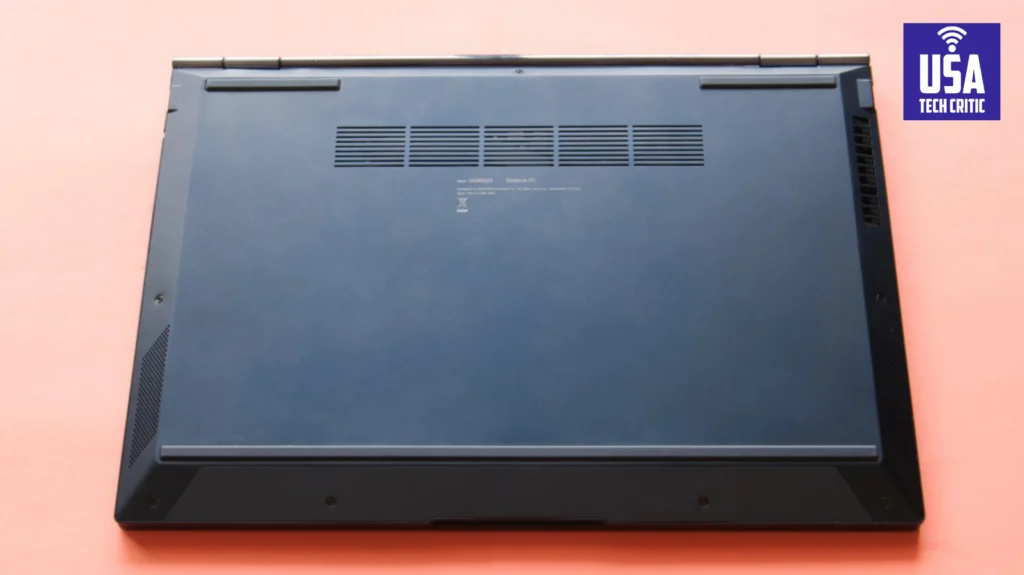

The battery of Asus Zenbook 14 Oled hit to the laptops’ performance. Unfortunately, in Cinebench, both seem to perform around 75% or so of what they would when plugged in. To test battery life, we dimmed the screens to 200 nits, then ran a Netflix video on repeat over Wi-Fi for 4 hours.
The Asus Zenbook 14 Oled shone, posting one of the best battery life results of any PC laptop we’ve ever tested. With its large battery and low-wattage AMD processor, it had a whopping 70% battery remaining, indicating around 15 hours for this use case.
It even beat out the MacBook Air with M2. The Zenbook 14x, unfortunately, with its Intel processor, was more run-of-the-mill with 54% battery remaining, indicating a tad over 8 hours for this use case.
Audio quality of Asus Zenbook 14 Oled
We did quite a bit of sound testing, The smaller Zenbook 14 is louder than the larger Zenbook 14x. However, the 14x’s sound quality is substantially better. It’s a fuller sound with noticeably more bass compared to Apple’s laptops, which are the gold standard when it comes to laptop speakers. Even though the Zenbook 14x’s speakers are very good, the MacBook Pro 14 speakers are still noticeably better.
Overall, they are louder with even more bass. Both of the Zenbook speakers are better than the MacBook Air 13 with M2, though.
This doesn’t occur with the MacBooks. By the way, both do have upgradable storage, but unfortunately, the memory is soldered.
Pricing of Asus Zenbook 14 Oled
In the USA, the Asus Zenbook 14 Oled is available at Walmart starting from $700 and going to $900 for the 16GB of RAM model.
This gets you a premium-feeling portable laptop with a fantastic screen and keyboard and exceptional battery life. But the Ryzen version that we have has very basic performance, and you do hear a bit of fan noise.
If you are just looking for a laptop for basic usage like browsing the web and using Office in this price range, we like it better than the Pavilion, Inspiron, and Idea Pad that we recently tested, as well as the lower-end Yoga 6 and 7 models. So, a very good device at a great price.
You May Be Intrested In – Pebble Flow Electric RV Price 2024 Model Price
Conclusion For of Asus Zenbook 14 Oled
14x retails for $800 to $1000, so just a hundred dollars more. It’s insanely powerful, has a bright screen, a very comfortable keyboard, excellent speakers, and competitive battery life.
Its fan noise and the temperatures you’d feel while using the laptop are also surprisingly decent for a device with this much power and its larger screen size.
It is quite portable. This laptop can be very useful for basic office tasks to intensive software development.
The only reason to consider Asus Zenbook 14 Oled is if you need more powerful graphics and more memory, or you want to draw on the screen using the two-in-one capabilities that other laptops give you.

